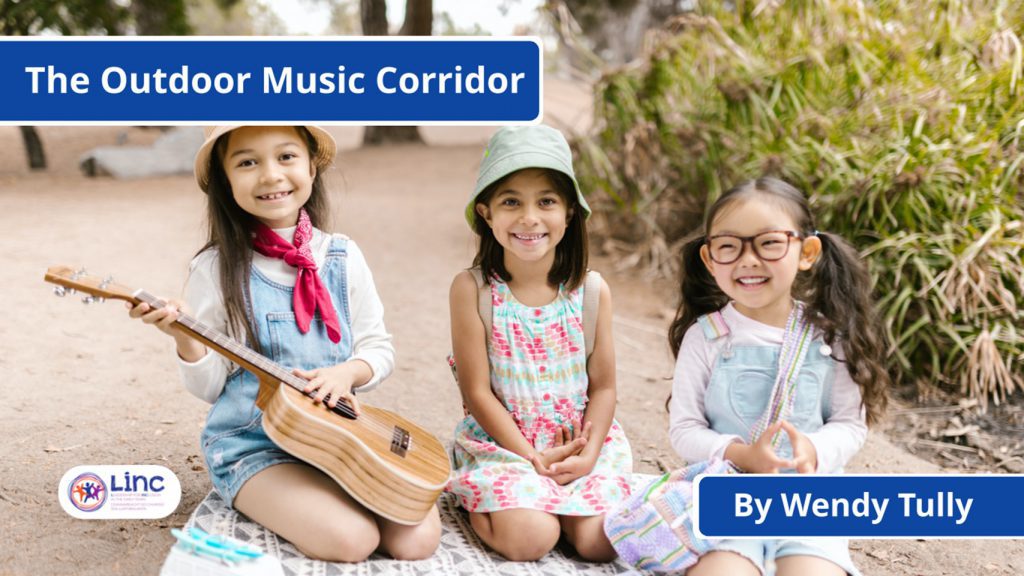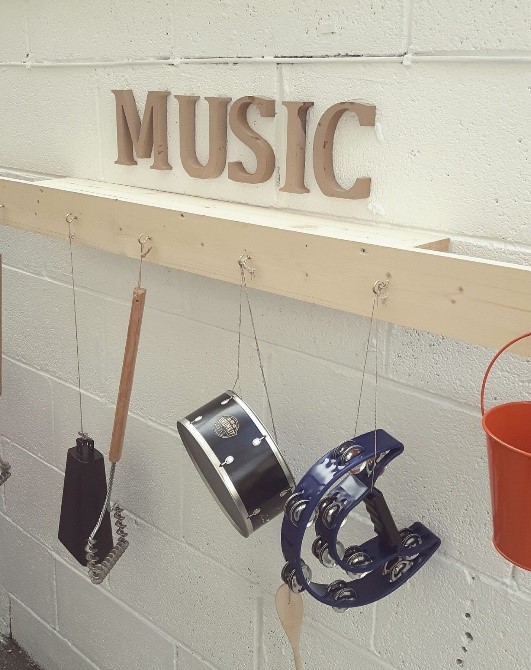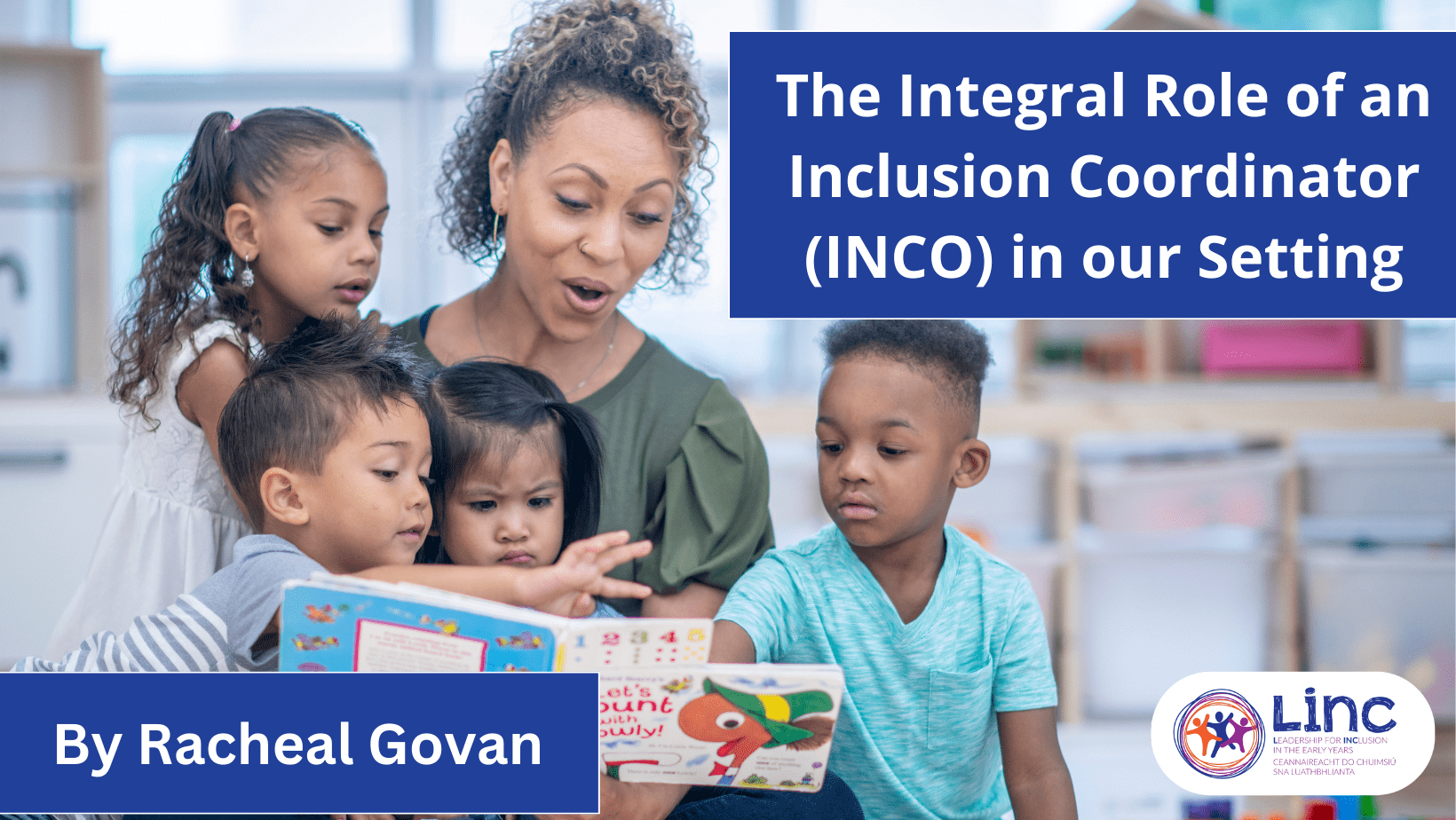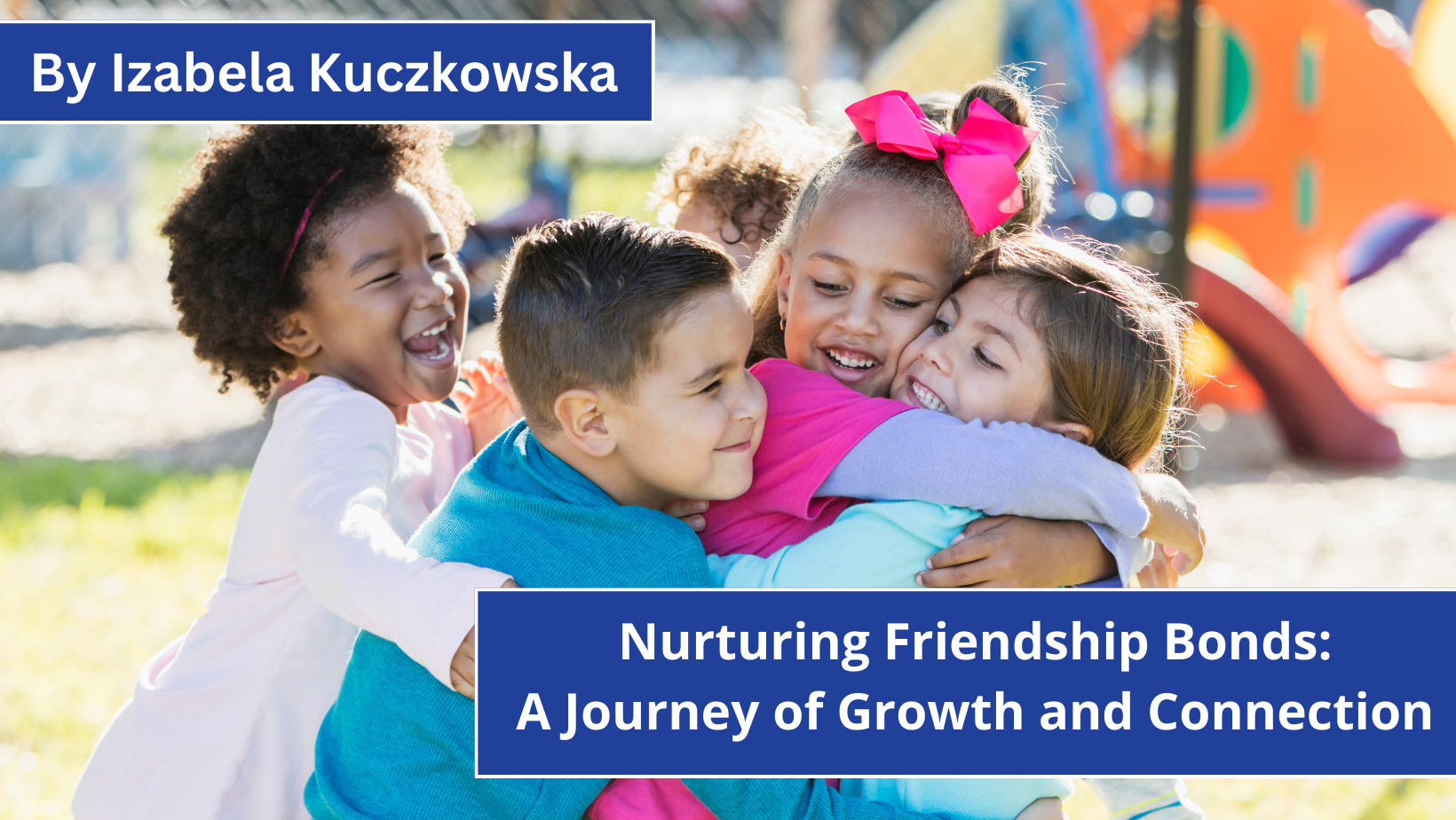The Outdoor Music Corridor
In this edition of the LINC Blog, LINC Graduate and LINC+ Participant Wendy Tully describes how one simple idea helped to foster social interaction between the children of her setting.

“Music is a moral law. It gives soul to the universe, wings to the mind, flight to the imagination, and charm and gaiety to life and to everything” Plato[1]
There is a myriad of research suggesting that music can contribute to an individual being happy, that it supports learning, memory, and verbal skills[2]. Research also suggests that engaging in musical experiences contributes to lowering stress, healthy sleep and eating habits[3]. So, when we combine this research with the wealth of research on the importance and benefits of outdoor play experiences, we have a compelling combination.
What I have seen is children love music, whether it is making noise, playing instruments, or singing – sound holds a curiosity for children. If you are thinking about engaging children in musical experiences as a strategy to aid development or just good fun, and if you do not have one – you might consider implementing an outdoor music corridor in your setting.
We have little ground space available in our setting so, thinking outside the box, we created an outdoor music corridor on a wall. In order to create the music corridor we screwed a 4×4 piece of timber onto the wall. We then hung a variety of musical instruments from the wood, including shakers, triangle, maracas, drums and improvised with some kitchen utensils too. We also hung sets of ear defenders that the children could choose to use if they wished, we felt this supported the children who found the sounds loud initially but who wanted to be part of the activity with their friends. One child who used the ear defenders enjoyed the feel of the instruments, he would stand in the mix of his peers which was lovely to see, and it was great to see the children’s connection with each other in this musical space.
Every child participated in their own time, at their own pace, and in their own way, sometimes in big groups, sometimes small. It is a great area that the children are really drawn to. We had lessons on instruments and music outside, and we invited parents to come and read poetry and stories in their first language in the music corridor and their children would add sounds to some of the words. The area worked for all the children as it was inclusive and engaging.
We found that even though children have diverse abilities, languages and cultural heritages, that music is universal and transcends differences bringing everyone together. The outdoor music corridor creates an inclusive opportunity where children can be amongst their friends whether they are solely, partially, or collectively engaging with the music corridor.
The children enjoy going outside and playing with the different sounds, while engaging in the sound corridor some children made up lyrics or sung parts of songs from home and it was lovely to hear the different languages as the children sang. The space evolved with the children when they used fairy wands as conductor batons and maracas as microphones. We had singers, musicians, conductors, and directors. We asked the children to listen throughout the day to hear the environments music, birds chirping, the sound of the rain falling, and the wind, this experience supported the children’s connection with nature also.
Universal design is ensuring participation through the environment and this area brings all the children together[4]. Our music corridor catered for all children, their wellbeing, learning and development. It is easily accessible and visible from inside the setting, everybody used it – children, staff, the parents – and its purpose was clear in that everybody used it for their own needs, whether this was tactile, to have a concert, be a singer, or just an area to sit under and have a chat as the children love to do. Our music corridor links with the philosophy of Astear as it supports children in learning and developing through interactions[5], it also links with many of Siolta standards, including standards 2, environments, standard 5, interactions, standard 6, play, and standard 2 parents and families[6].
The outdoor music corridor could be modified to an outdoor music corner adapting to the outdoor wall size available. It could be produced cheaply with a recycled plank of wood and donated objects from home. An area that supports inclusion and fosters the social interaction of all children can be found in the most unexpected places in an Early Years setting!

References
[1] Pica, R. (2012). Experiences in movement and music: Birth to age 8 (5th ed.) New York: Cengage Learning
[2] Millis-Chappel, M (n.d.). Top 15 Benefits of Listening to Music|Children’s Music Workshop. Retrieved 13 May 2022, from https://www.childrensmusicworkshop.com/advocacy/15-benefits-of-music/
[3] MacDonald, R., Kreutz, G., & Mitchell, L. (2013). Music, Health, and Wellbeing (1st ed.). Oxford University Press.
[4] The Department of Children and Youth Affairs (DCYA) in collaboration with the Centre for Excellence in Universal Design (CEUD) at the National Disability Authority (NDA). (2019). Universal Design Guidelines for Early Learning and Care Settings: Literature Review (p. 12). Dublin: The Government of Ireland.
[5] National Council for Curriculum and Assessment (2009). Retrieved 12 May 2022, from https://ncca.ie/media/4152/aistear_siolta_similarities_differences_.pdf
[6]Centre for Early Childhood Development and Education (2006) Síolta: The national quality framework for early childhood education, Dublin: CECDE

Wendy Tully
You may also like:

The Integral Role of an Inclusion Coordinator (INCO) in our Setting
The Integral Role of an Inclusion Coordinator (INCO) in our Setting In this edition of the LINC blog, LINC Tutor and owner of Footprints Early Years, Racheal Govan describes the integral role the INCO plays in her settings. She shares her firsthand experiences...

Minister O’Gorman applauds Early Years Educators and encourages applications for the award-winning Leadership for Inclusion in the Early Years (LINC) Programme
Minister O'Gorman applauds Early Years Educators and encourages applications for award-winning Leadership for Inclusion in the Early Years (LINC) Programme. 630 places available nationwide as the LINC Programme is set to open for applications for the 2024/25 academic...

Nurturing Friendship Bonds: A Journey of Growth and Connection
Nurturing Friendships Bonds: A Journey of Growth and Connection In this edition of the LINC Blog, LINC Graduate Izabela Kuczkowska takes a nostalgic journey back to her kindergarten days, savoring the enduring memories of cherished friendships. As an Early...
